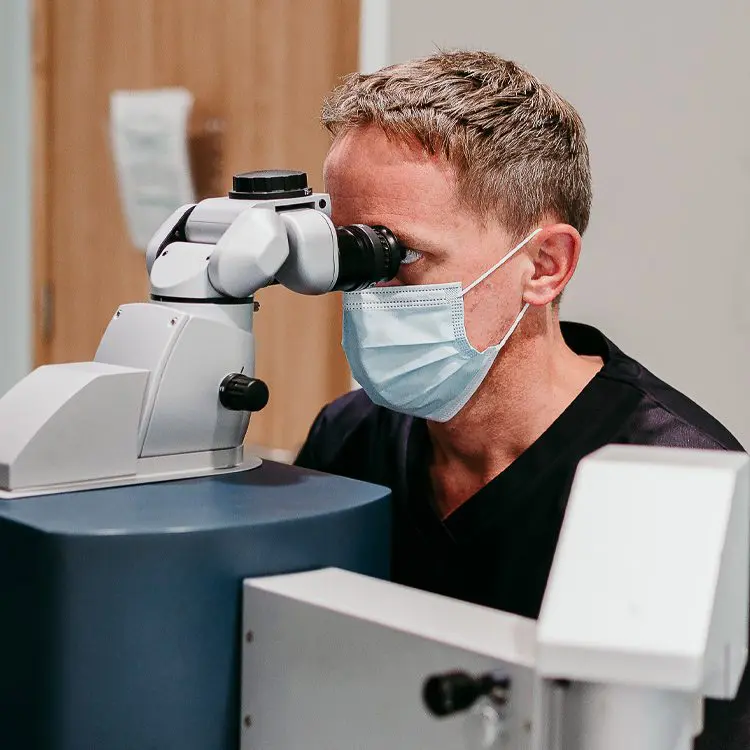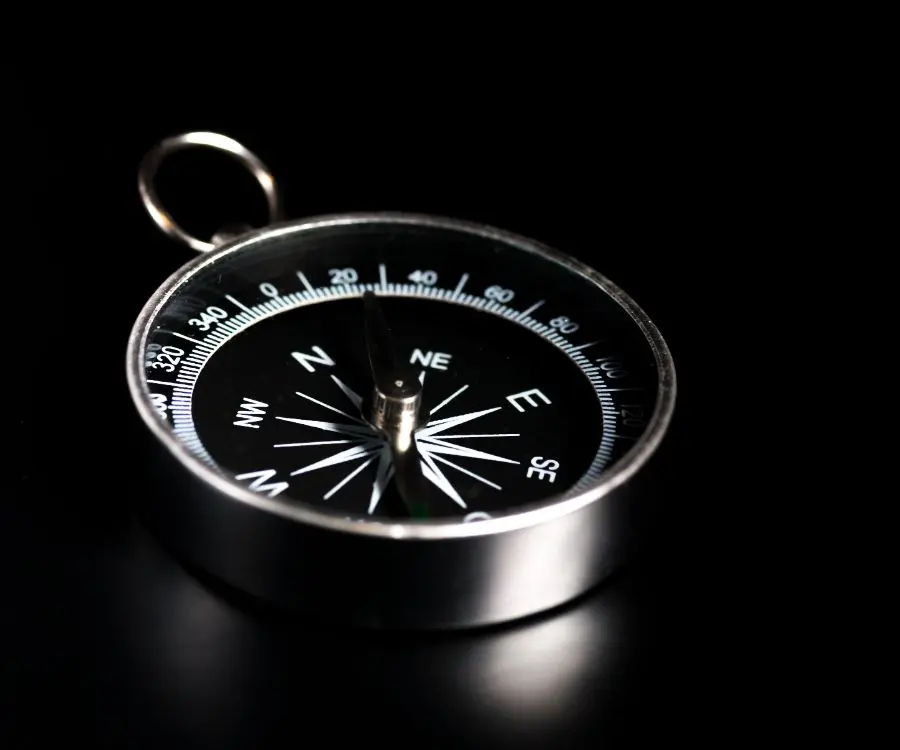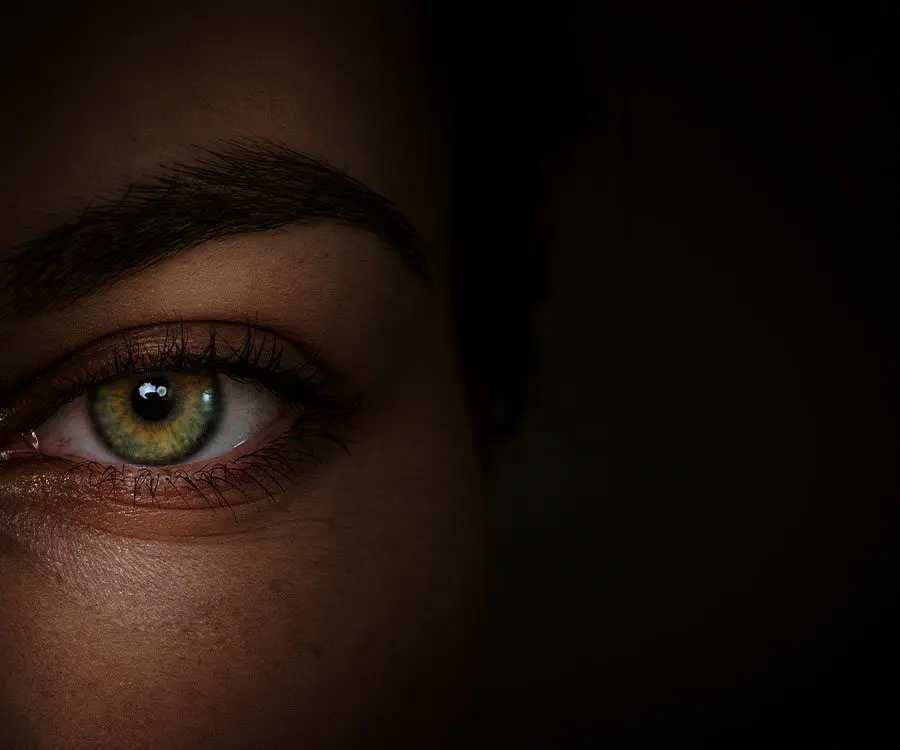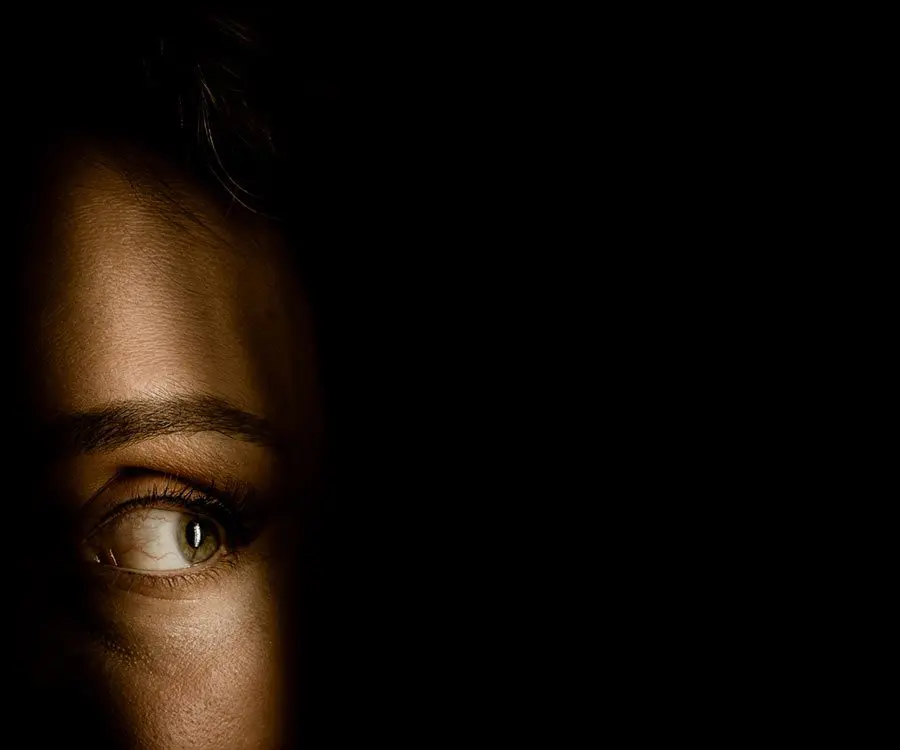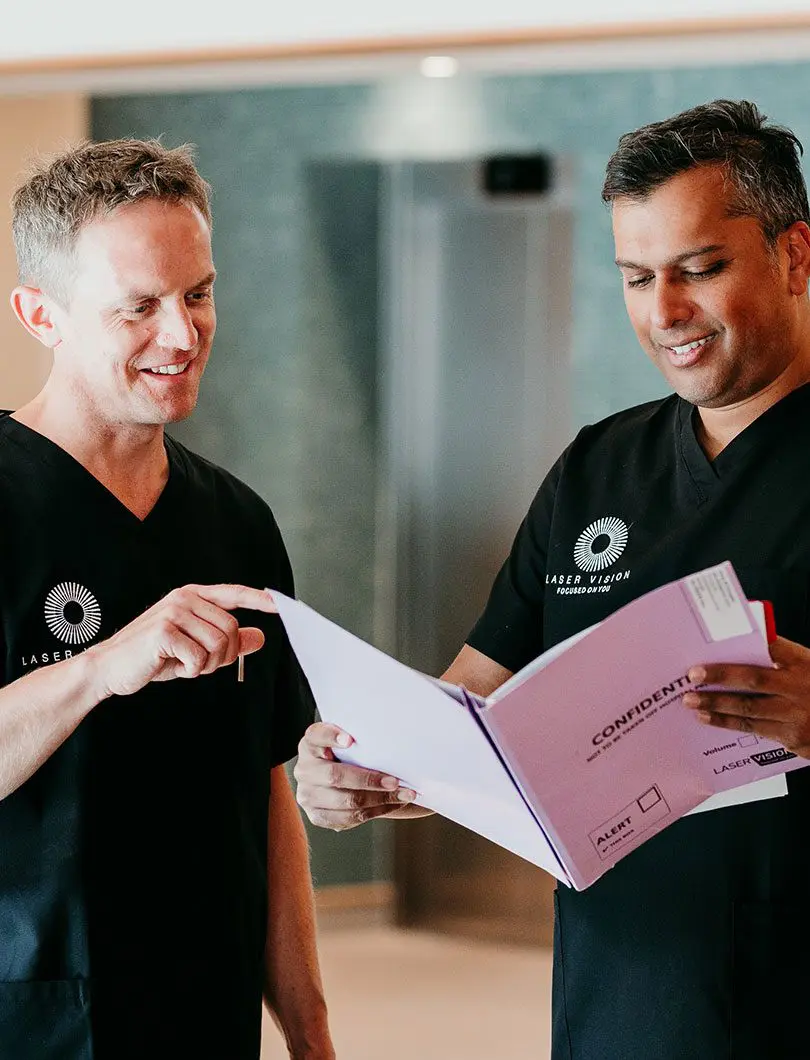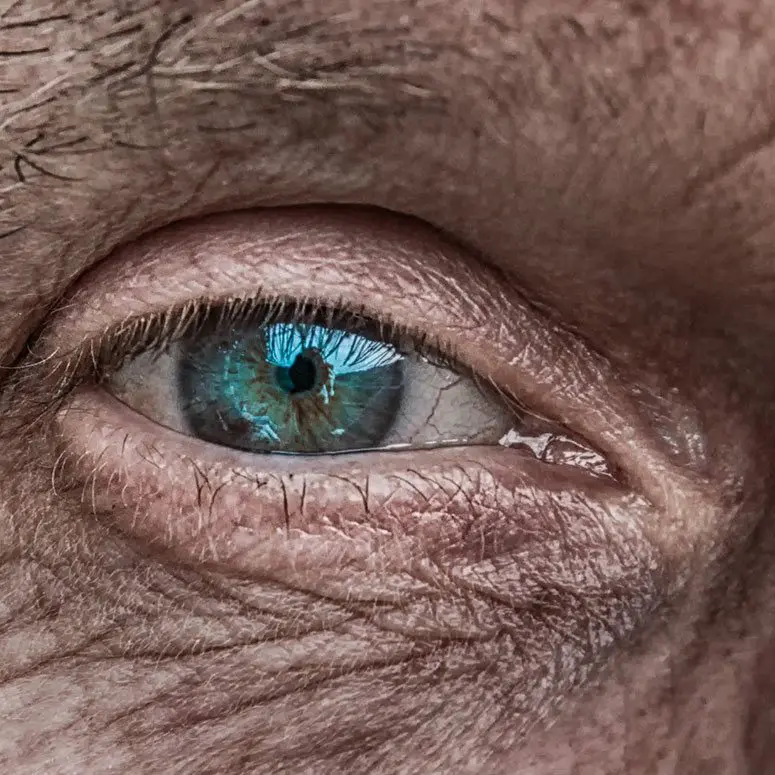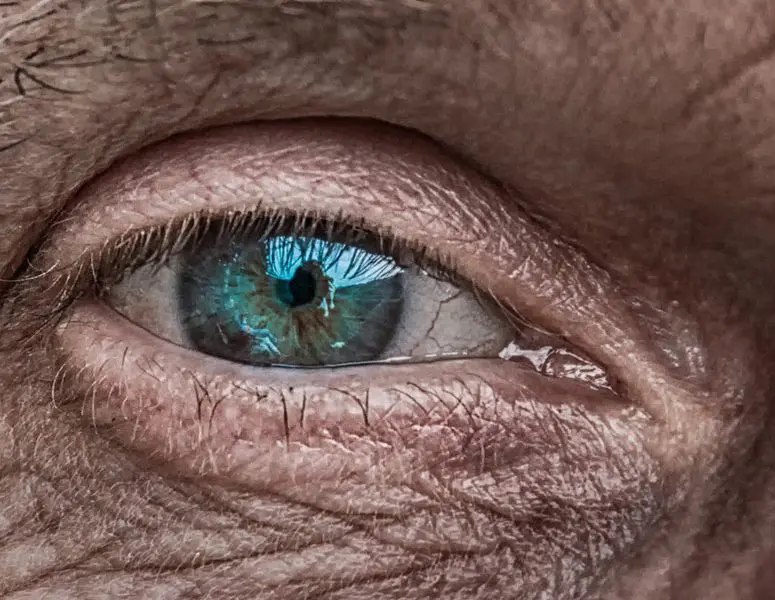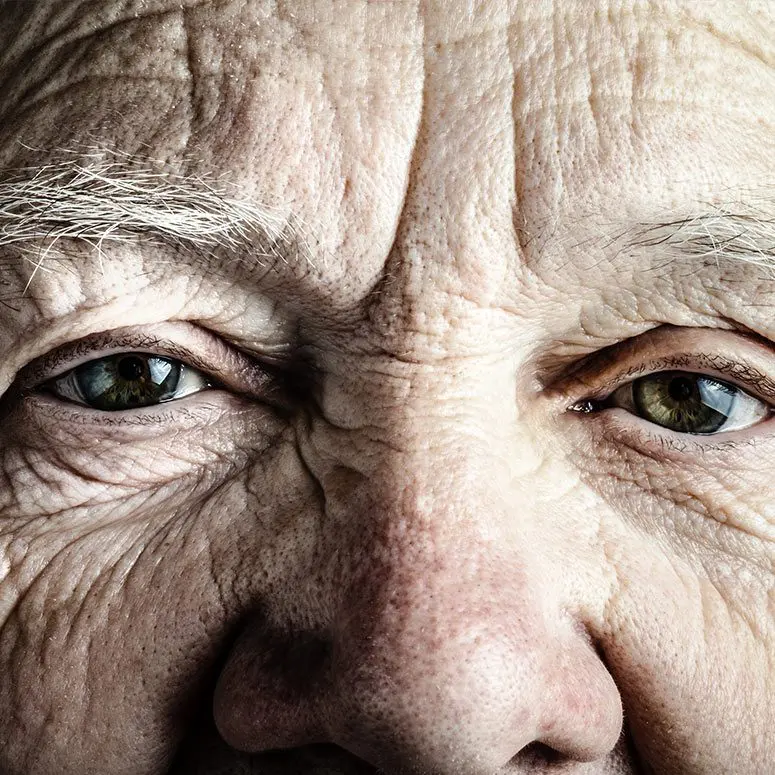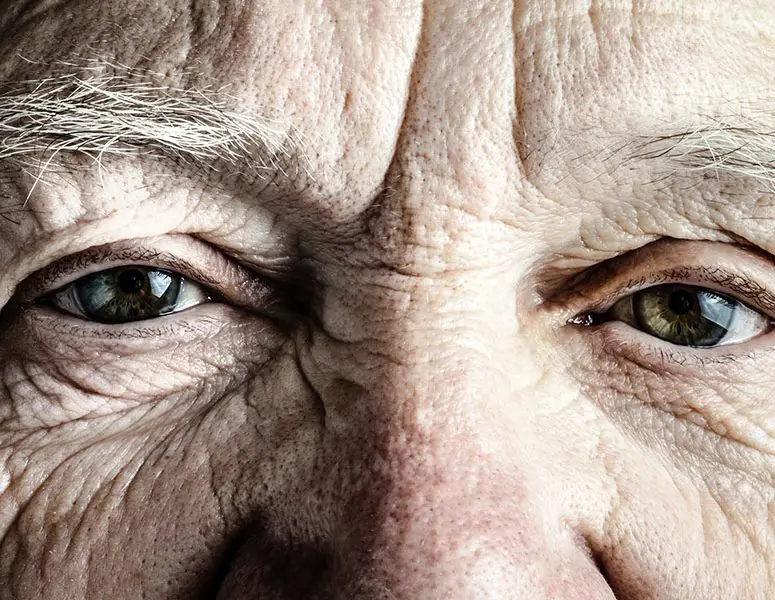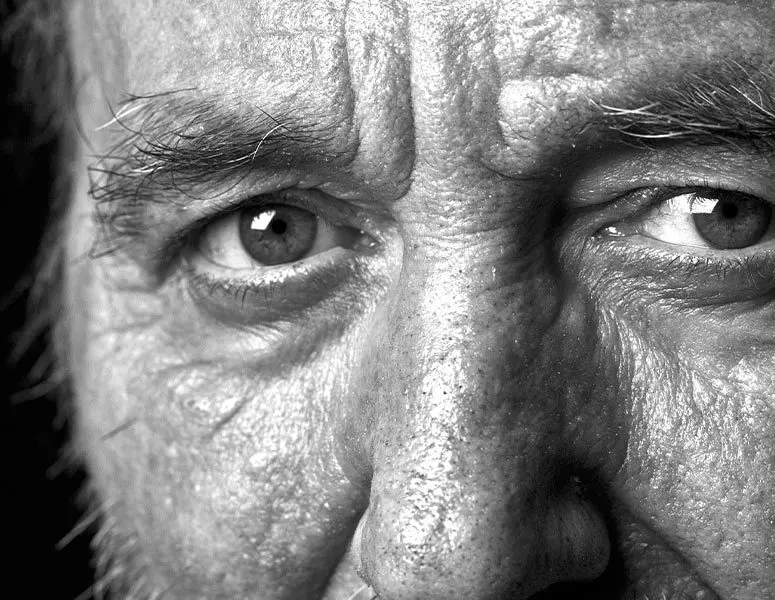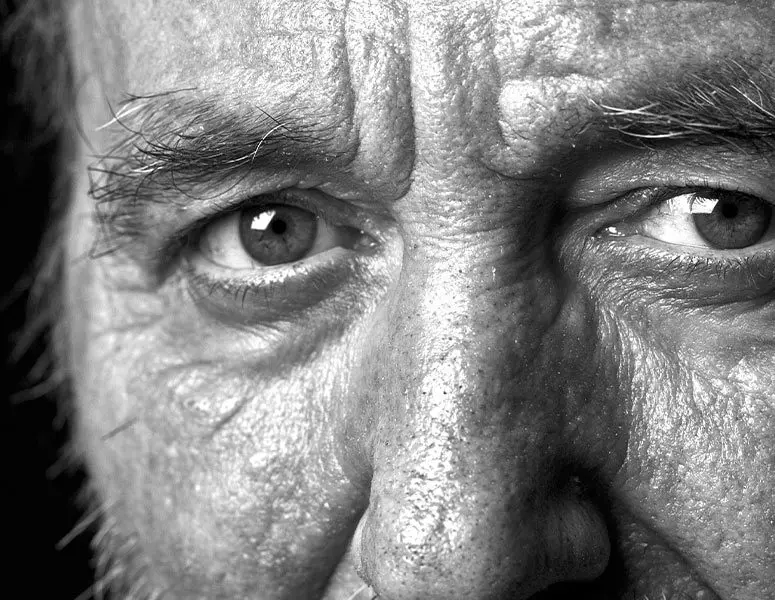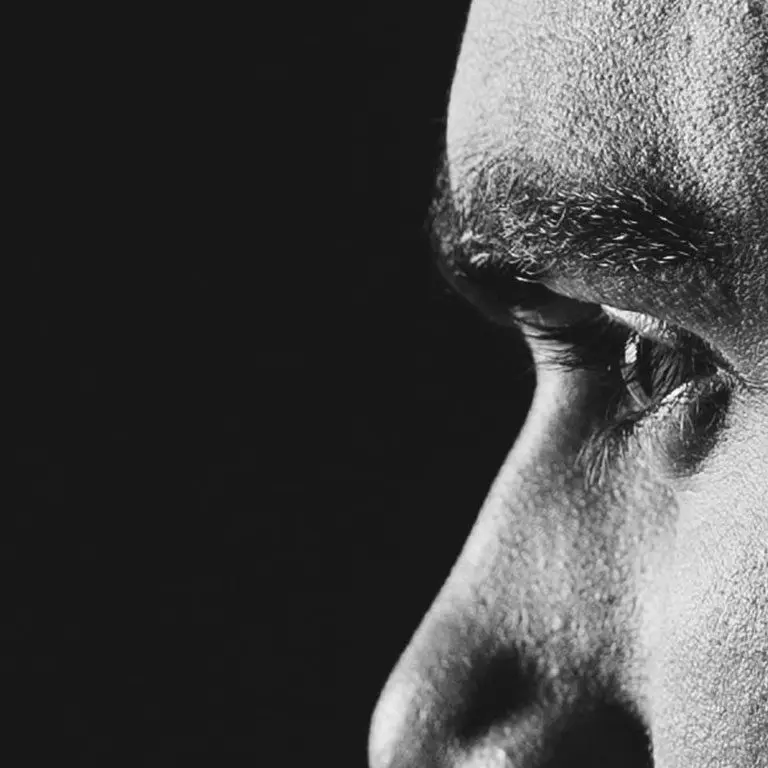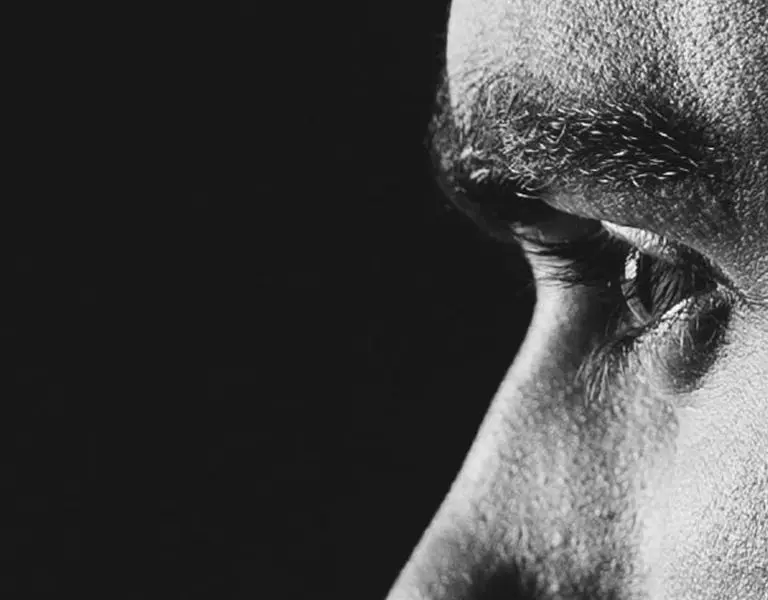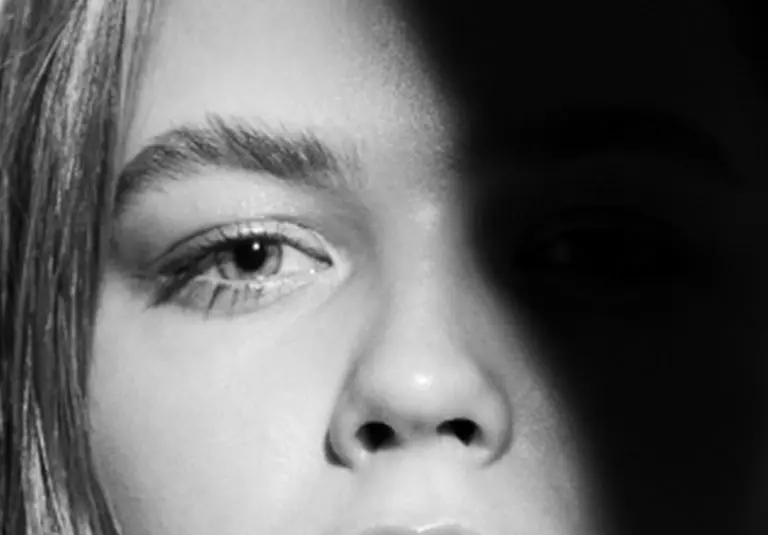- Corneal Surgery

DSAEK (Corneal Endothelial Transplant)
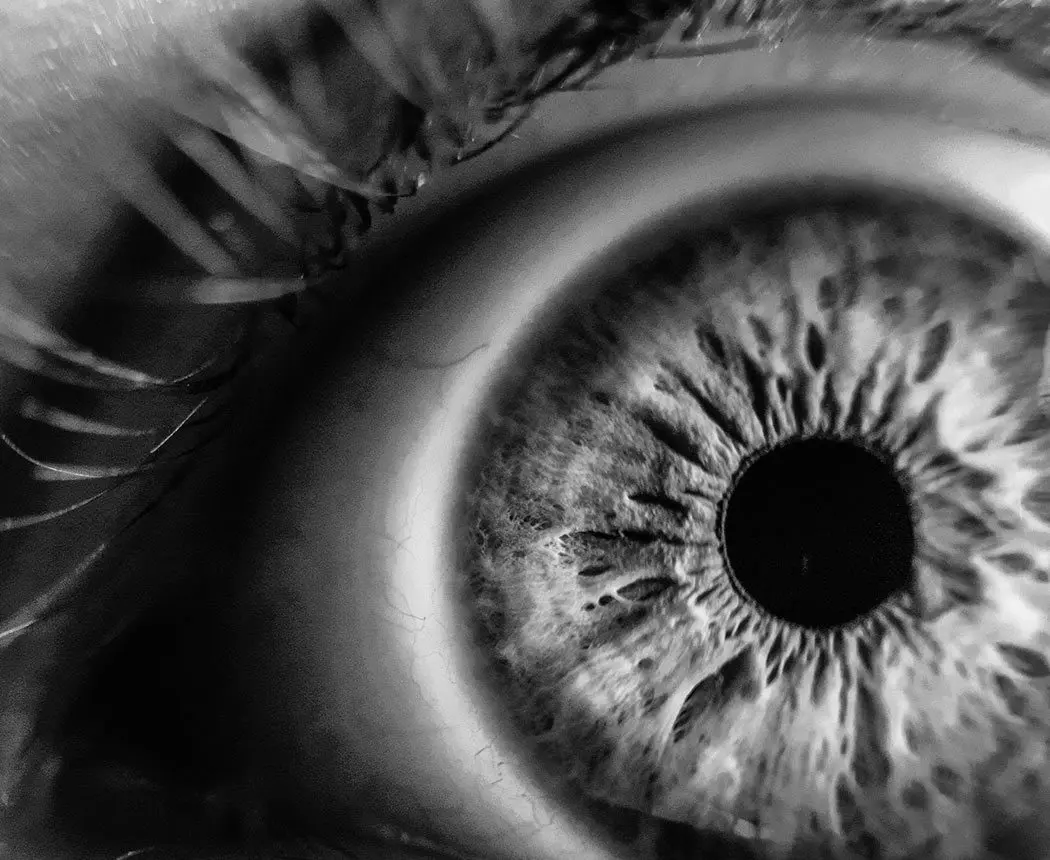
- Treatment

- Corneal Surgery
DSAEK (Corneal Endothelial Transplant)
Endothelial Keratoplasty (EK) is a cornea transplant technique that can restore lost vision when the endothelium, the innermost layer of cells of the cornea, are no longer functioning adequately.
The endothelial cell layer is a very delicate single layer of cells that maintains the clarity of the cornea.
If they malfunction or are damaged they can lead to clouding of the cornea. Unfortunately this layer of cells does not regenerate. So if they are no longer functioning, then the treatment is to replace this layer with a donor layer.
The faulty inner layer of corneal cells is removed and replaced with the layer of cells taken from a donated human cornea. In a DSAEK procedure the implanted donor material consists of a thin layer of stroma carrying the endothelial cell layer, and is 60-120 microns thick.
The stromal layer carrying the endothelial cells facilitates the transfer and positioning of the endothelium.
The endothelial cell layer is a very delicate single layer of cells that maintains the clarity of the cornea.
If they malfunction or are damaged they can lead to clouding of the cornea. Unfortunately this layer of cells does not regenerate. So if they are no longer functioning, then the treatment is to replace this layer with a donor layer.
The faulty inner layer of corneal cells is removed and replaced with the layer of cells taken from a donated human cornea. In a DSAEK procedure the implanted donor material consists of a thin layer of stroma carrying the endothelial cell layer, and is 60-120 microns thick.
The stromal layer carrying the endothelial cells facilitates the transfer and positioning of the endothelium.

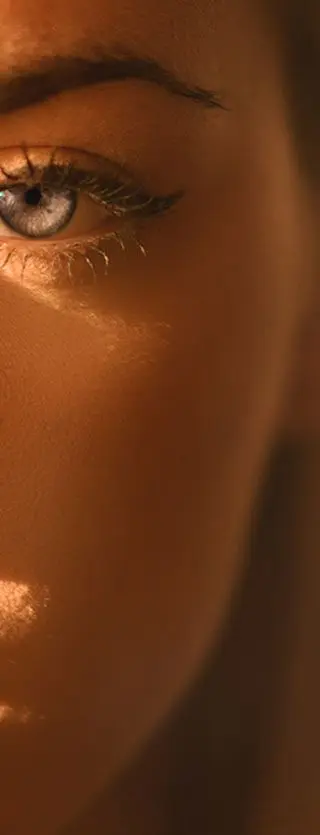
How is it performed?
- 1.Performed under local or general anaesthetic in sterile operating theatre.
- 2.Patient is laid flat on the treatment bed.
- 3.Povidone iodine clean, sterile drape applied, and eyelid support inserted.
- 4.Faulty / failing corneal endothelium is removed and the donor cornea endothelial transplant inserted.
- 5.Graft is secured in place with air or an SF6 bubble which tamponades the graft against the inside of the cornea.
- 6.Topical anti-inflammatory and antibiotic drops are applied, and the patient is advised to lie flat on back as much as possible (45 minutes in every hour) for the first 2-3 days post-surgery.
